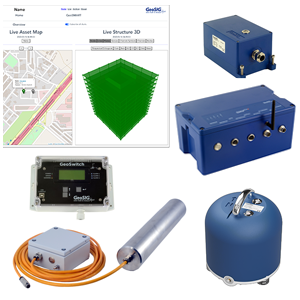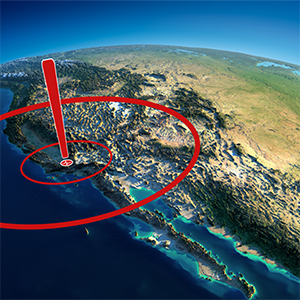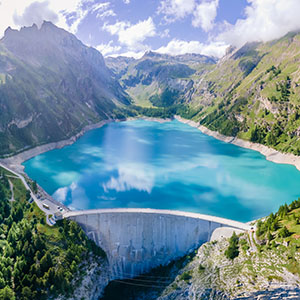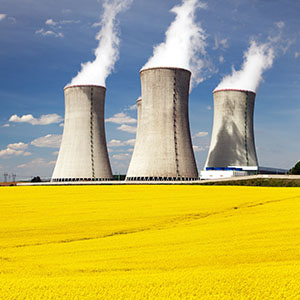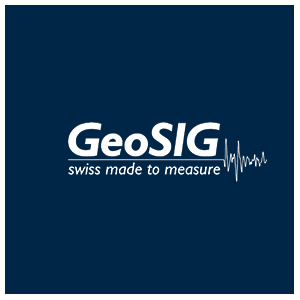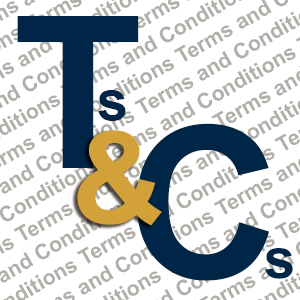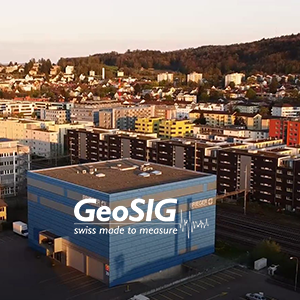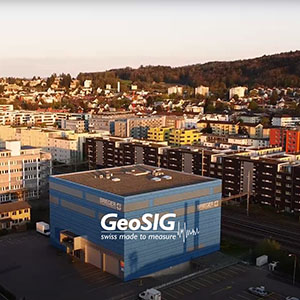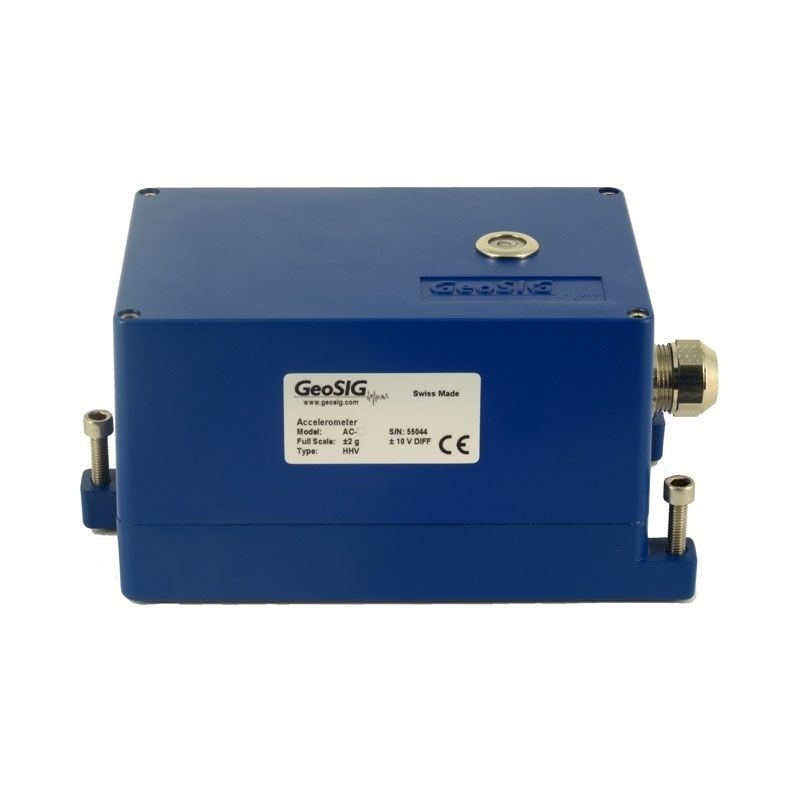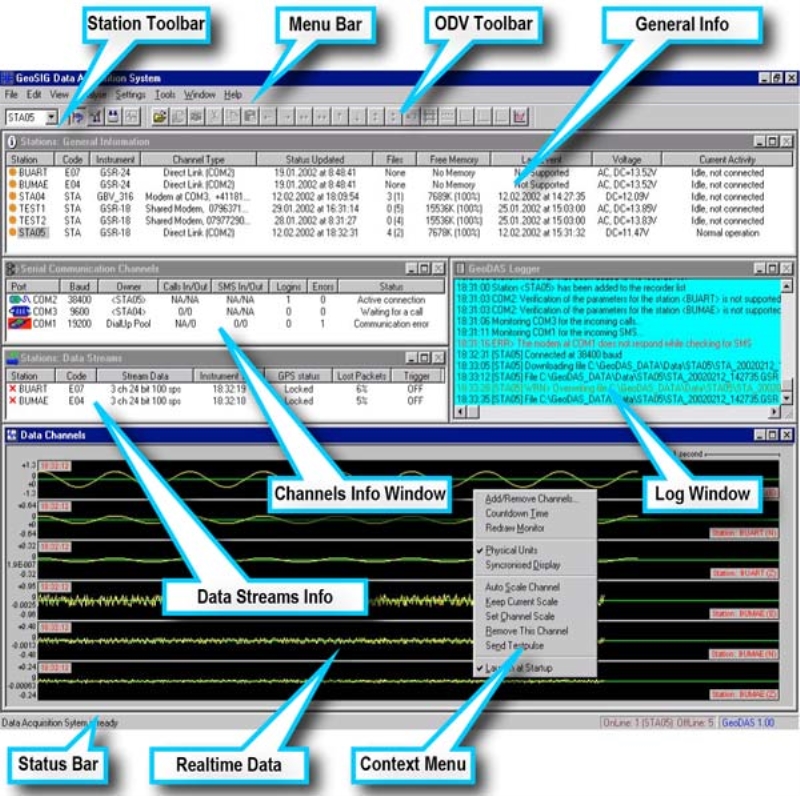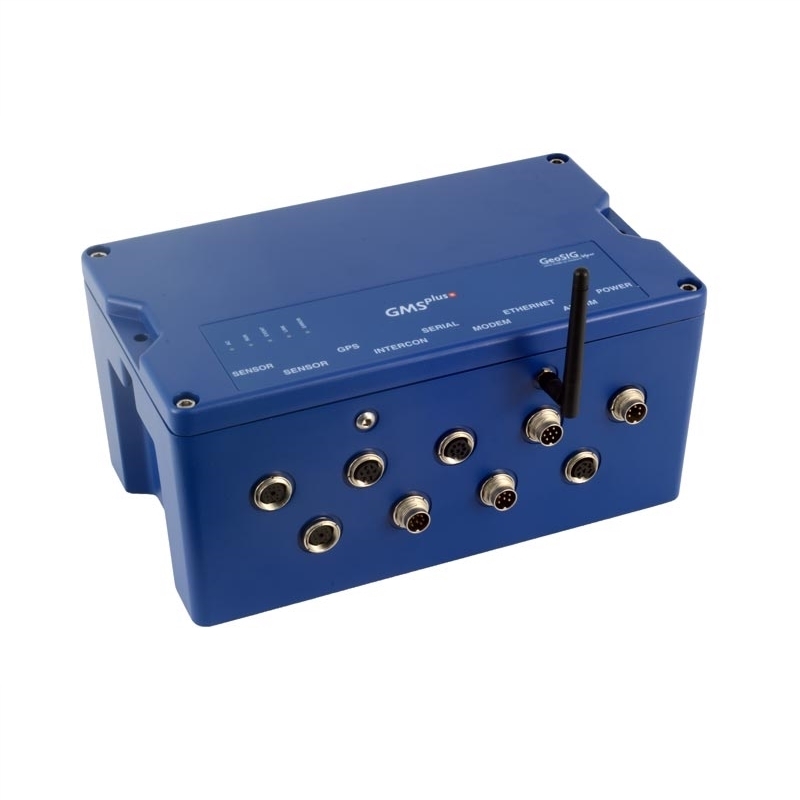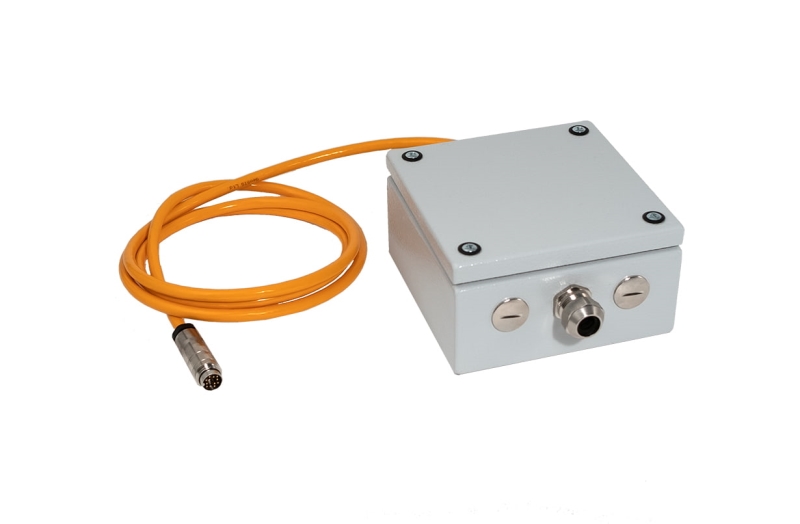.jpg)
Download Jakarta Cathedral Case Study
Background
Located on the Pacific Ring of Fire, Indonesia must cope with the constant risk of earthquakes. Jakarta, the capital of Indonesia, is located in the North of Java Island with approximately 664 sq km total land area and a total population of approximately 10 million* people, with a density about 15,000 people for every sq km.
As the capital city, Jakarta has a long history since the Dutch colonial era. Many historic buildings were built in Jakarta, including church buildings. Today many remaining historical buildings and architecture are steadily deteriorating, but some of the old buildings have been restored to their former glory. One of the buildings that has survived to date is Jakarta Cathedral, a Roman Catholic cathedral that is also the seat of the Roman Catholic Archbishop of Jakarta. Its official name is Gereja Santa Perawan Maria Diangkat ke Surga (The Church of Our Lady of Assumption). This Cathedral was consecrated on 21.04.1901 by Mgr. Edmundus Sybrandus Luypen. It is built in the neo-gothic style, a common architectural style to build churches at that time. On 24.09.2018, Jakarta Cathedral was designated a National Ranking Cultural Heritage Site by the Minister of Education and Culture. Previously in 1993, the cathedral had been designated as the Cultural Heritage Site of the DKI Jakarta Province.
Challenge
Solution
The church has undergone three renovations, first in 1988, 2002 and lastly 2017. In 2017, it was decided to install a Structural Health Monitoring System. P.T. Risen Engineering Consultant, with a wealth of experience in providing end-to-end customized solutions, successfully fulfilled the requirements of this highly prestigious project. The vibration monitoring solution consists of two GeoSIG GMSplus6 data loggers with one internal triaxial accelerometer, three GeoSIG biaxial accelerometers and three GeoSIG uniaxial accelerometers. The tilt monitoring solution consists of
three tiltmeters and one gateway. The installed vibrations solution offers reliable and continuous monitoring, providing data based on event detection. GeoDAS, a proven data acquisition and evaluation package developed by GeoSIG, provides highly flexible user-friendly capabilities, graphical and analytical tools with configurable automation. For early tilting detection of the towers, wireless equipment was used as the data is collected once per hour. One tiltmeter on each tower and one gateway for collecting data from all tiltmeters was used. The tilting data can be seen in real time using a web browser as the gateway acts as a web server.
Another solution using GeoSIG instruments, effectively showing that quality and reliability can also be cost-effective.









